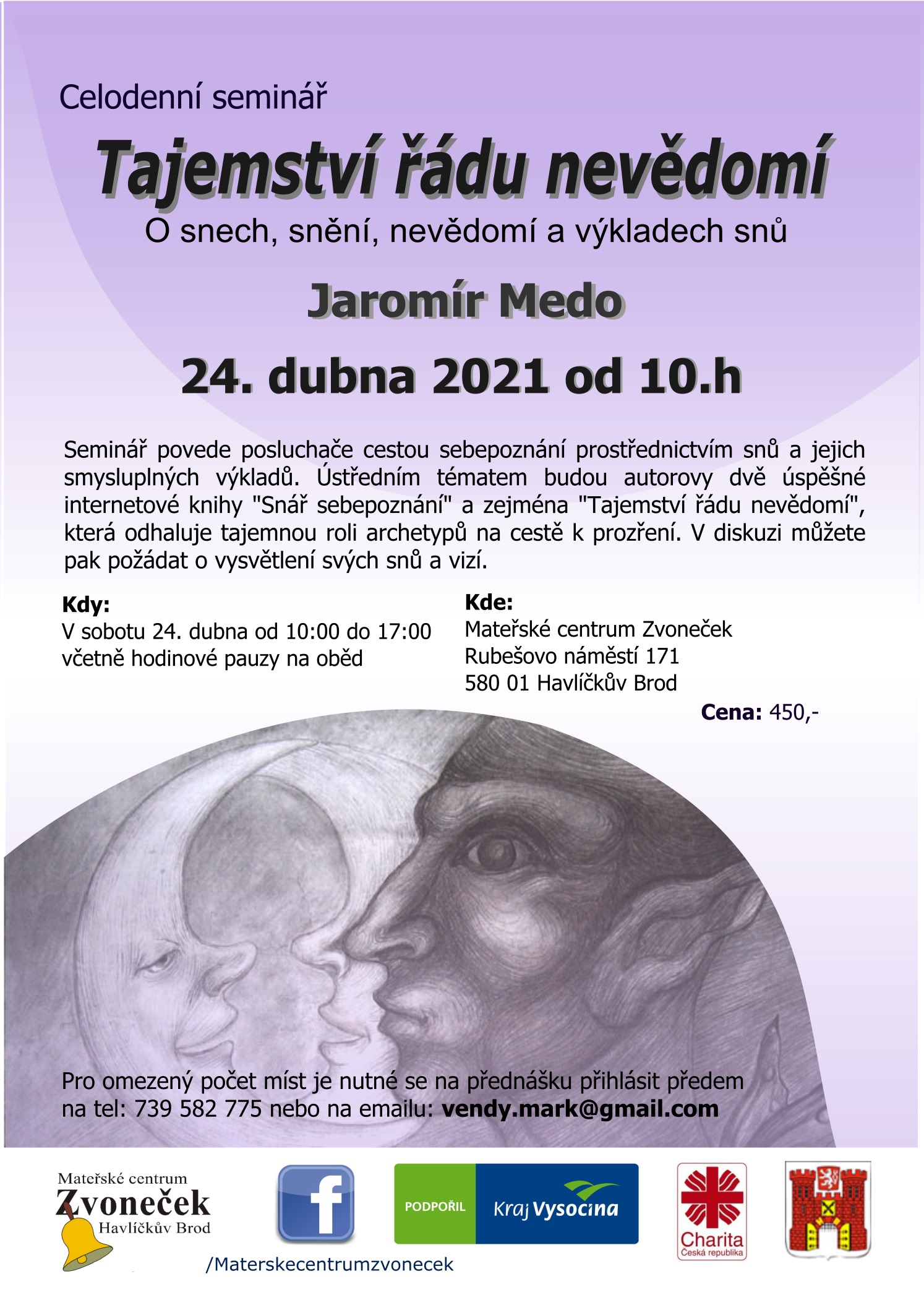The Dream Book of Self-Knowledge
- usually represents one of the most significant and positive symbols in the realm of self-improvement, yet only if the dreamer is not the cause of the death of others (negative symbol – see killing), but is shown death as the consequence of external dream circumstances; in this way the unconscious confirms to the dreamer the successful dying of unneeded traits in the figures of dream personifications (usually always instinctual).
- an important element and breakthrough since the past personality dies and a new one is born; this kind of dying in the dream life happens a few times a year on the intended spiritual path; death forces the dreamer to ponder death so as to learn to perceive each moment of life in order to understand that death does not end everything, but instead begins everything.
- time of life and death: not as important in the unconscious and in dreams as imagined by Sigmund Freud and his admirers, since life is a seamless continuum, since death or birth is a mere transition from one existence to another.
- life and death are pulsating antitheses in the monotone cycle of the material world; in understanding and unifying these antitheses a person understands the karmic cycle of rebirth*75 and tries to escape from it.
- seeing one's death (as a witness): a very positive dream that prepares the dreamer for the future death of the ego; it has one more important dimension which is the splitting of the personality when one part linked to instinctual inclinations is definitively deadened; and the other, usually the spiritual part, observes the result of the deadening of instinctual dependencies; see Attentiveness archetype.
- on a pyre or in a fire and ensuing rebirth from ashes: symbolizes rebirth after the death of the ego and does not only have to be the mythical Phoenix*52, whose old form dies in the fire only to rise from the ashes and fly freely toward the sun.
- a death experience with various historical images or buildings: in understanding them it liberates the dreamer from the bondage of karmic relations; usually relates to intensive emotional experiences of past lives (see Past and Future Visions archetype).
- sometimes after experiencing a dream death, three possible ideal states can be revealed within: the ideal state of being, ideal society and ideal state*59; see Ideal.
- by bleeding: the ego "flows out" with blood and if the dream life vanishes with the blood, it is a reduction of the ego to the smallest possible dimension; the egoless state is experienced as a preparation for a future mystical death*79.
- from poisoned air: death of the dreamer's personality (death of the ego); such images frequently accompany the Alchemist archetype.
- of a child: if the dreamer does not understand directly in the dream the meaning and relations (karma*26) resulting in compassion and forgiveness of all feelings, then it is a very negative symbol and the tragic fall from the emotional level back to the instinctual; this negativity can even affect the dreamer for several months.
- death of a mother or father: a period of uncertainty and insecurity in mutual coexistence is ending for the dreamer; he no longer needs the help of the human model of the mother and the path to finding better models had been unblocked; (more on this phenomenon in the Puer – Kora and Father – Mother archetypes).
- of a prostitute: end of the leading role of the instinctual anima in the dreamer's life (applies for both women and men).
- death sentence: see Condemned, condemning.
- during an execution: see Execution.
- in a toothed vagina: see Cog.
- frequently accompanied by a hero in which it is an allegory of the quest for the grail of one's heart (see Hero archetype).
- after a futile struggle for survival it can belong to the memories of the third phase of the birth process (see Basic Perinatal Matrix archetype).
- life or death struggle in experiencing death: in losing the ego, it can lead to a transformation into a supernatural creature, in which case it would fall under the archetype of the Treasure, which appears as a relentless tempter.
- another person makes the supreme sacrifice to benefit the dreamer: a very positive dream since the traits linked with this person have helped the dreamer rid himself of certain dependencies or even ascend to a higher level of perception.
- the dreamer makes the supreme sacrifice to benefit others: a turning point in life in which the ego dies and the dreamer has the chance to at least momentarily try out the wonderful ego-less state.
- if the dreamer abandons his egotistical and selfish plans, then such a death (in the form of sacrifice) brings an essential element of a spiritual transformation in which the longing for personal gratification fades away.
- dying and coming back to life: see Rebirth.
- a wonderful moment of spiritual rebirth full of surprising experiences comes after a dream death by hunger involving the spiritual anima (with men) or spiritual animus (with women).
- threshold of death: separates the realm of the consciousness from that of the unconscious; by crossing this threshold consciousness moves to different dimensions, or rather by crossing the threshold of death (it can only be crossed with a mystical death – see Shadow archetype) the dreamer ascertains his own rebirth of being (see Self archetype).
- see Dead people, corpse.
- of animals: see individual animals or see Animal.

